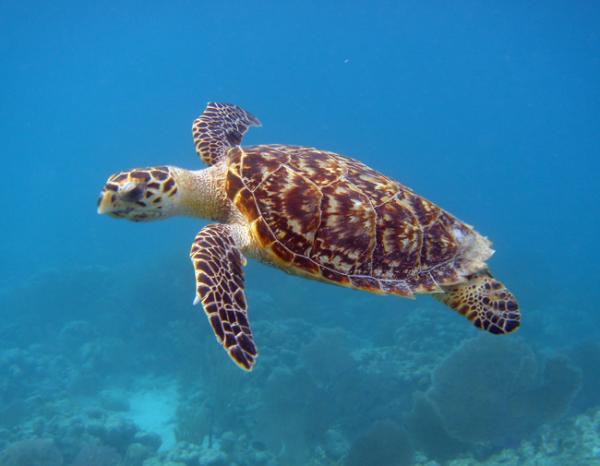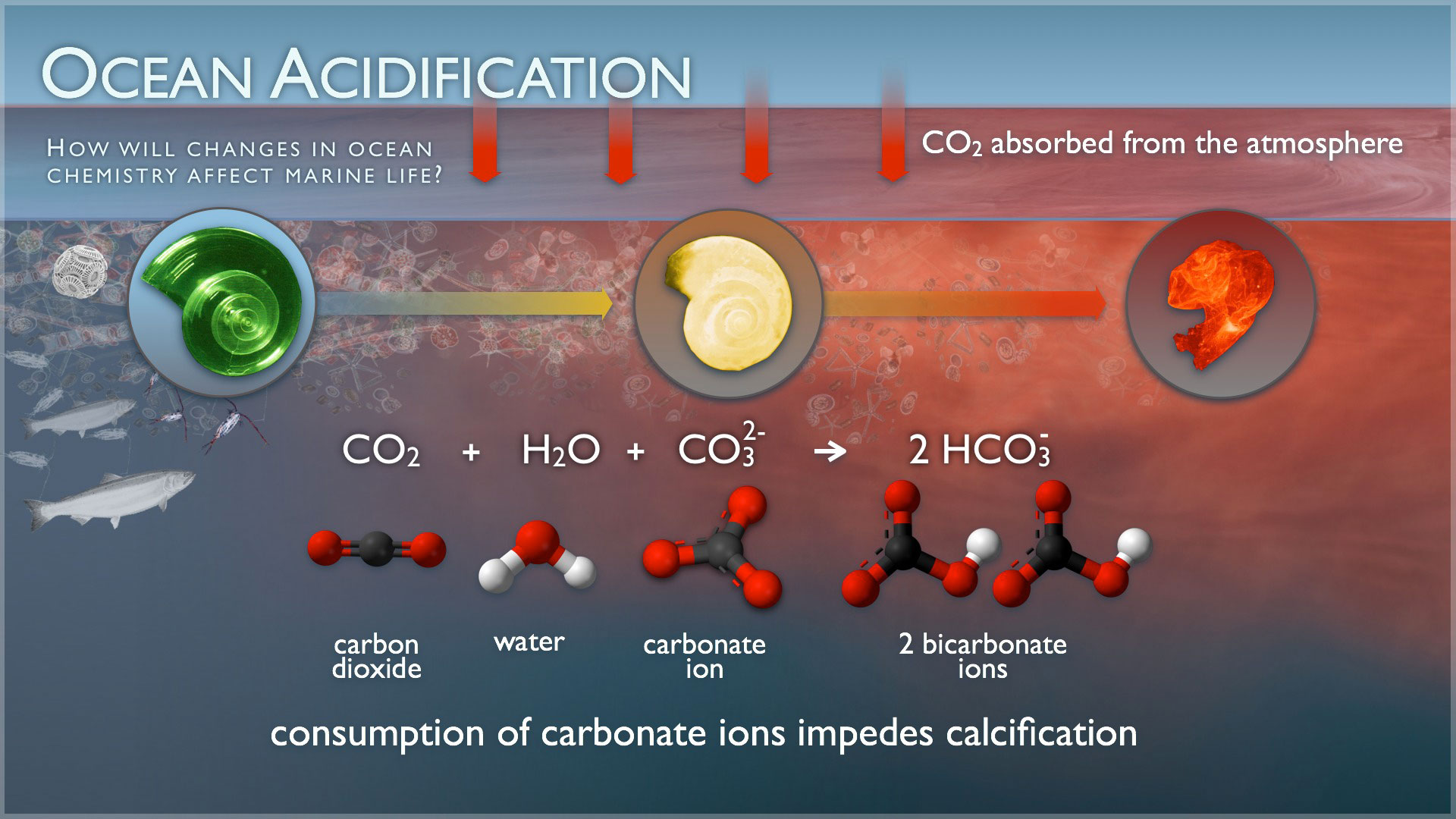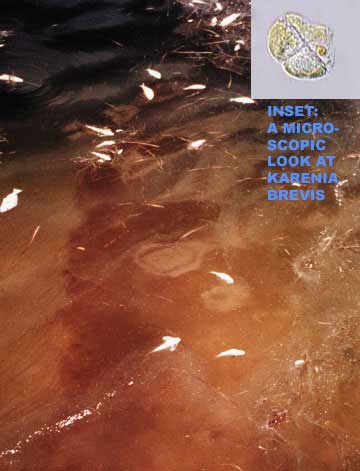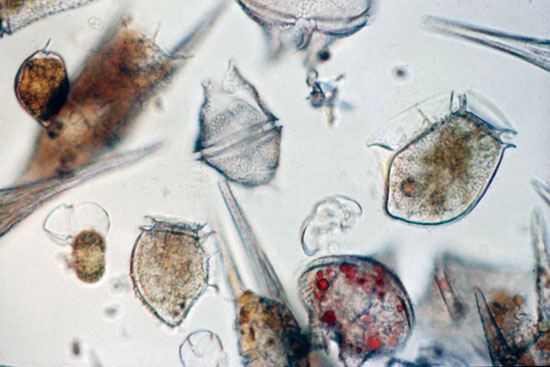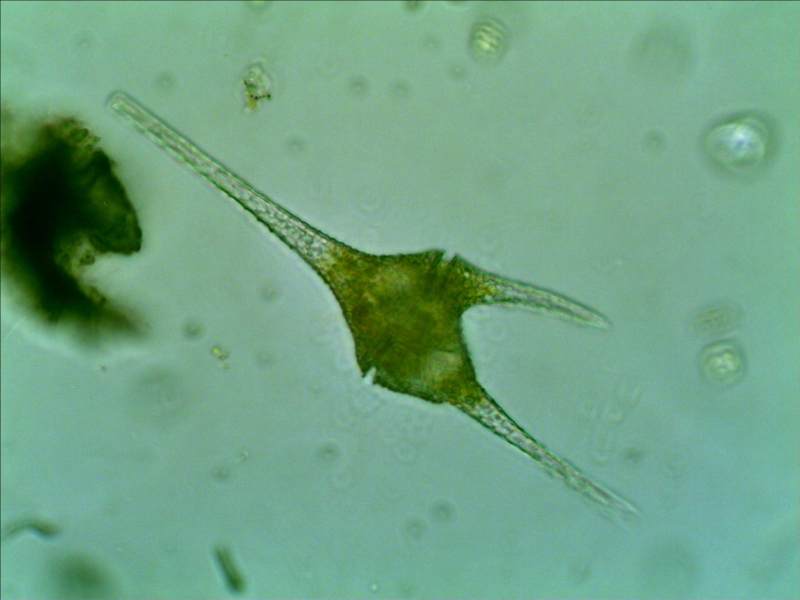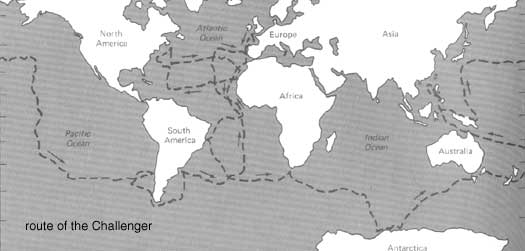There are 3 different main types of Mangroves: Black, Red, and White.
The Blank and Red Mangroves, while similar in height, have a few differences. The black Mangrove traps its oxygen with bristle like roots, and the seeds are edible! The Red Mangrove is an evergreen with aerial roots, while the White Mangroves are the shortest of the three. Mangroves provide many benefits that deserve to be protected. First, mangroves provide homes to many different plants and animals. They also protect shores from waves and protect against costal erosion. Another important aspect is that mangroves protect areas on land from storm damage. The Black Mangrove's wood is used for the making of fishing poles, as well as the White Mangrove which is also greatly used for other tools. All can provide shelter for fish, especially crab, all of these are very beneficial to fishing industries
photo: http://www.tomcravens.com/Red%20roots.JPG
Sunday, February 24, 2013
garbage patch
An ocean garbage patch is concentration of marine debris located in the North Pacific Ocean.
It is formed by man made liter and debris, especially tiny plastic pieces barely visible and nets. The fish and animals eat the plastics and get poisoned, or choke, on them, and can also get caught or harmed in the plastic. While attempts have been made to clean these garbage patches, it is mostly unsuccessful since they are so vast and changing. To stop this for the future, there should be stronger disposal and recycling requirements so less garbage can liter the ocean.
picture: http://assets.knowledge.allianz.com/img/pacific_ocean_garbage_patch_pollution_plastic_albatross_chick_q_48866.jpg
It is formed by man made liter and debris, especially tiny plastic pieces barely visible and nets. The fish and animals eat the plastics and get poisoned, or choke, on them, and can also get caught or harmed in the plastic. While attempts have been made to clean these garbage patches, it is mostly unsuccessful since they are so vast and changing. To stop this for the future, there should be stronger disposal and recycling requirements so less garbage can liter the ocean.
picture: http://assets.knowledge.allianz.com/img/pacific_ocean_garbage_patch_pollution_plastic_albatross_chick_q_48866.jpg
reptiles
Common name: Hawksbill Turtle
scientific name: Eretmochelys imbricata
Habitat: tropical shallow waters, near coastlines, coral reefs
adaptations: have a slow metabolic level so they can stay under water longer
status: endangered
current issues: their shells are internationally traded, as well as their meat and eggs
I picked this reptile because it is my favorite marine reptile and saw them when snorkeling in Hawaii
picture: http://www.animalspot.net/wp-content/uploads/2012/03/Hawksbill-Sea-Turtle-Pictures.jpg
scientific name: Eretmochelys imbricata
Habitat: tropical shallow waters, near coastlines, coral reefs
adaptations: have a slow metabolic level so they can stay under water longer
status: endangered
current issues: their shells are internationally traded, as well as their meat and eggs
I picked this reptile because it is my favorite marine reptile and saw them when snorkeling in Hawaii
picture: http://www.animalspot.net/wp-content/uploads/2012/03/Hawksbill-Sea-Turtle-Pictures.jpg
Ocean acidification
Ocean acidification is the carbon dioxide pollution in the ocean. The ocean absorbs 1/4 of the carbon dioxide emitted into the atmosphere by people. It effects ocean life as small as plankton, making it more difficult for them to live and make them use more energy to find shelter. Since this effects the base of the food chain, it will be a domino effect to the larger animals. On a coast in California waters were even found to be corrosive. Some of this water could dissolve shells. Some scientists believe that the ocean's chemistry could be completely changed and the entire ocean ecosystem could be dead in one hundred years.
picture: http://pmel.noaa.gov/co2/files/pmel-oa-imageee.jpg
picture: http://pmel.noaa.gov/co2/files/pmel-oa-imageee.jpg
Monday, February 18, 2013
research:Karenia Brevis a dinoflagellate
The Karenia Brevis dinoflagellate creates harmful and very toxic algae blooms called florida red tides. These unicellular organisms may be microscopic, but their toxins (brevetoxins) can kill large quantities of fish and make people very sick. Neurotoxic shellfish poising (NSP) is caused by the ingestion of shell fish such as clams and mussels that have been contaminated with brevetoxins.
Symptoms found in humans may be:
-numbness of mouth, face, and limbs
-nausea
-vomiting
-headache
-slurred speech
-partial paralysis
-difficulty breathing
Brevetoxins lead to the death of numerous fish and animal mortalities.
The gulf coast is greatly effected by K. Brevis and Brevetoxins. The death of all the fish is less food for both people and larger fish, less bait, and causes sickness within people.
picture: http://serc.carleton.edu/images/microbelife/topics/red_tide_advanc.v2.jpg
Symptoms found in humans may be:
-numbness of mouth, face, and limbs
-nausea
-vomiting
-headache
-slurred speech
-partial paralysis
-difficulty breathing
Brevetoxins lead to the death of numerous fish and animal mortalities.
The gulf coast is greatly effected by K. Brevis and Brevetoxins. The death of all the fish is less food for both people and larger fish, less bait, and causes sickness within people.
picture: http://serc.carleton.edu/images/microbelife/topics/red_tide_advanc.v2.jpg
Plankton information!
This week we learned alot about plankton, such as all the different types. For starters, the two main classifications of phytoplankton vs zooplankton. Phytoplankton are plants that use photosynthesis and are producers. Zooplankton are animals that feed on phytoplankton. Plankton are very important to the ecosystem because they are the very base of the food chain/web. Phytoplankton or algae, can create algae blooms, both beneficial and harmful to the environment. Harmful Algae blooms, HABs produce toxins that can harm both fish and humans. The Red tide is an example caused by phytoplankton. Two types of Phytoplankton are Diatoms and Dinoflagellates. Diatoms are single celled algae, and Dinoflagellates have qualities of both zooplankton and phytoplankton.
pictures: http://www.commondreams.org/headlines06/images/0119-03.jpg
pictures: http://www.commondreams.org/headlines06/images/0119-03.jpg
Dolphin
Common name: Atlantic Spotted Dolphin
Scientific Name: Stenella Frontalis
Habitat: Only in the Tropical areas of the Atlantic ocean such as the Bahamas
Reproduction: Females give birth every one to five years
Status: Currently endangered
Interesting facts:
Major issues facing this animal: They are hunted and captured in the Caribbean Sea, for food and bait by fisheries.
I chose this animal because it seemed intriguing and is an endangered species
picture: http://www.seasky.org/reeflife/assets/images/dolphin_atlantic_spotted.jpg
Scientific Name: Stenella Frontalis
Habitat: Only in the Tropical areas of the Atlantic ocean such as the Bahamas
Reproduction: Females give birth every one to five years
Status: Currently endangered
Interesting facts:
- Considered an "acrobatic species" that likes to play and chase waves from boats
- can be underwater for 6 minutes, diving up to 60 meters
- make sounds for echolocation like chirping and whistling
Major issues facing this animal: They are hunted and captured in the Caribbean Sea, for food and bait by fisheries.
I chose this animal because it seemed intriguing and is an endangered species
picture: http://www.seasky.org/reeflife/assets/images/dolphin_atlantic_spotted.jpg
Plankton Race
The most difficult part of the plankton race was finding what material would sink the slowest consistency. To change my design I think it would work better if each time I was able to use a new Post-it, because after it was immersed in water the first time it sunk quicker. I liked the hands on approach to this project best. I enjoy learning through trial and error rather than just being told which is going to sink quicker.
HAB (harmful algae bloom)
Algal blooms are large populations of algae, and in most cases are not harmful. However, some algae blooms can produce toxins that harm both fish and humans. Algae blooms are formed due to their environments, usually warm and nutrient filled water. In order to prevent these harmful blooms, scientists try to predict where they will be with satellites. If the pollution that some algae thrive off of was lessened, it would also help to prevent the growth of the blooms. The Long Island Scallop fishery had to be continuously closed due to HABs, and this is just one example of a place effected by Harmful Algae Blooms.
picture: http://www.whoi.edu/cms/images/lstokey/2005/1/v43n1-sengco2en_5571.jpg
picture: http://www.whoi.edu/cms/images/lstokey/2005/1/v43n1-sengco2en_5571.jpg
Sunday, February 10, 2013
plankton
Plankton are the beginning of the food chain, starting with small fish, keeps the food chain in the ocean in order. Then as the fish are larger it is beneficial to people as a food source. Plankton also provides oxygen in the ocean, and they can consume carbon dioxide and even bacteria. A diatom is a group of algea that is single-celled and a dinoflagellate is unicellular as well but with two flagellas.
Picture: http://arch.ced.berkeley.edu/hiddenecologies/wp-content/uploads/2006/06/diatom-hhss051009-no6-229.jpg
Diatom:
picture 2: http://microscopetalk.files.wordpress.com/2010/10/dinoflagellate_-ceratium.jpg
Dinoflagellates
Invertebrate: Sea star
Common Name: Sea Star
Scientific Name: Asteroidea
Adaptations: A sea star has five arms, if one of them is cut off it can regenerate or grow back.
Habitat: live on the sea floor
Interesting facts: sea stars have no brain, only nerve center that allows information to pass within the star, they are also omnivorous
I chose a sea star knowing it was an invertebrate from the Fish ID.
Photo: http://www.dreaminginpixels.com/gallery/wildlife/water-world/sea-star/seastar004.jpg
Scientific Name: Asteroidea
Adaptations: A sea star has five arms, if one of them is cut off it can regenerate or grow back.
Habitat: live on the sea floor
Interesting facts: sea stars have no brain, only nerve center that allows information to pass within the star, they are also omnivorous
I chose a sea star knowing it was an invertebrate from the Fish ID.
Photo: http://www.dreaminginpixels.com/gallery/wildlife/water-world/sea-star/seastar004.jpg
The Challenger Expedition
The Challenger Expedition was a ship that went on a four year expedition to explore the vast ocean from 1872-1876. It was led by John Murray and Charles Wyville Thompson. Sailing a distance of almost 69,000 miles around the South Atlantic, Hawaiian Islands, South America, and more, it collected and discovered more than 4,700 new species. Because The Challenger Expedition was one of the first of its kind, it encouraged other countries to begin exploring the ocean as well, beginning a race of ocean exploration.
Photo: http://enderender.files.wordpress.com/2010/11/chall.jpg
Photo: http://enderender.files.wordpress.com/2010/11/chall.jpg
History of oceanography changing
Picture: http://clccharter.org/hunter1/Challenger/hms-challenger.jpg
Why we should study the ocean
There are many reasons why we should be exploring the ocean. One of which is simply the fact that we know very little about it, and knowledge is power. If we knew more about the ocean, it would impact our technology, help gain valuable resources such as gas, metals, and food sources as well. Exploring the ocean also gives us a better understanding of sea life, which is important for our food source.
Photo from: http://www.dramsch.net/uploads/ExploreTheOcean.png
Photo from: http://www.dramsch.net/uploads/ExploreTheOcean.png
Monday, February 4, 2013
Boat project completed
Our boat had an average time of 3.15 seconds, although we succeeded with a fairly fast time, our boat was not very consistent. We found through trial and error that it worked better with more weight (from the marbles) in the very front rather than in the back or evenly distributed. If we did this project again, I would probably do a different body style, like waterbottles, instead of using styrofoam. I enjoyed doing this as a project rather doing something like a test. 
Sunday, February 3, 2013
Boat project in process
Originally our first boat was too small and was not catching enough air to move it very fast through the water. We changed the sail from a piece of a plastic grocery bag to a Ziploc bag, which was not as efficient as the plastic bag sail.
Our second boat we created was bigger and we changed the sail from the bag to a thin piece of foam which seemed to be the best option. While this worked fine at home testing it, at school in the tank it continuously hit the side. In order to keep it going straight we added popsicle sticks to the bottom in hopes that it would keep the boat going straight instead of curving. This was still unsuccessful.
The third attempt, we cut the second boat down a bit. Covered in Duct tape to keep water out of the boat, pointed more sharply at the front of the boat, and a tin foil sail, with popsicle sticks on the bottom, seems to be the most efficient so far
Our second boat we created was bigger and we changed the sail from the bag to a thin piece of foam which seemed to be the best option. While this worked fine at home testing it, at school in the tank it continuously hit the side. In order to keep it going straight we added popsicle sticks to the bottom in hopes that it would keep the boat going straight instead of curving. This was still unsuccessful.
The third attempt, we cut the second boat down a bit. Covered in Duct tape to keep water out of the boat, pointed more sharply at the front of the boat, and a tin foil sail, with popsicle sticks on the bottom, seems to be the most efficient so far
Favorite Marine Animal Info
Favorite Marine Animal chosen from the first 2 weeks of Fish ID.
Common Name: Seahorse
Scientific Name: Hippocampus
Adaptations: long tail, in order to cling to coral and plants
Habitat: shallow waters, coral reefs
Endangered/Threatened/or not: The population is dramatically decreasing due to them being captured and used for medicine all over the world.
Why chosen: I chose this marine animal to learn more about how it lives and how people use it as medicine
picture: https://blogger.googleusercontent.com/img/b/R29vZ2xl/AVvXsEgdYO-IxK7HYBzDcXuEYMep-QQ_vGagLkgv7RV9zpD3h7hI1GKZrWPzZlUft2xej2vLeD64LijY7pWoIuJAQ7uL4QenYd02Rnsa6Y7cuK-Hgg17p2qEeMjjt07Nc_i2Na-Y06p3XbbNHnY/s1600/seahorse.jpg
Common Name: Seahorse
Scientific Name: Hippocampus
Adaptations: long tail, in order to cling to coral and plants
Habitat: shallow waters, coral reefs
Endangered/Threatened/or not: The population is dramatically decreasing due to them being captured and used for medicine all over the world.
Why chosen: I chose this marine animal to learn more about how it lives and how people use it as medicine
picture: https://blogger.googleusercontent.com/img/b/R29vZ2xl/AVvXsEgdYO-IxK7HYBzDcXuEYMep-QQ_vGagLkgv7RV9zpD3h7hI1GKZrWPzZlUft2xej2vLeD64LijY7pWoIuJAQ7uL4QenYd02Rnsa6Y7cuK-Hgg17p2qEeMjjt07Nc_i2Na-Y06p3XbbNHnY/s1600/seahorse.jpg
Oceanographer instruments
Oceanographers and an instrument they use:
Biological Oceanographer: A Biological Oceanographer will use many different nets in order to capture plants and animals and study them. A Mock-Ness net is one example.
Chemical Oceanographer: A Nansen bottle and thermometers may be used by a Chemical Oceanographer to sample and test the water at different depths of the ocean.
Physical Oceanographer: An instrument such as a current meter, that measures waves, helps a Physical Oceanographer to study the ocean's currents and waves.
Geological Oceanographer: A Bathymetric map would be beneficial to a Geological Oceanographer who studies the ocean floor because it charts the depths of the ocean.
Geophysical Oceanographer: A Geophysical Oceanographer would use a drill ship ( like the Drillmax Ice ship) in order to explore and study gas and oil wells on the ocean floor.
Oceanographer Engineer: An Oceanographer Engineer works with the development of technology and equipment. Submerssibles such as an ROV (Remotely Operated Vehicle) and AOV (Autonomous Underwater Vehicle) are both examples of inventions by Oceanographer Engineers.
Picture: The Drillmax Ice ship Used by a Geophysical Oceanographer
http://cdn2.shipspotting.com/photos/middle/8/0/4/1426408.jpg
Bob Ballard "Why We Explore"
In "Why We Explore", Bob Ballard expresses numerous reasons for why we should be exploring the ocean. He explains that a single year of funding NASA could fund the ocean exploration program NOAA for thousands of years. Ballard also points out beneficial resources that can be obtained by further exploration. Massive amounts of commercial grade metal can be found, as well as methane that is produced from volcanos in the Gulf of Mexico. I believe that we should be exploring the ocean more, especially because we know more about space that we do our own planet.
picture: Bob Ballard speaking on "Why We Explore" http://blog.utc.edu/news/files/2012/02/BallardRobert2012-NOAA_16-300x239.jpg
picture: Bob Ballard speaking on "Why We Explore" http://blog.utc.edu/news/files/2012/02/BallardRobert2012-NOAA_16-300x239.jpg
Subscribe to:
Posts (Atom)

